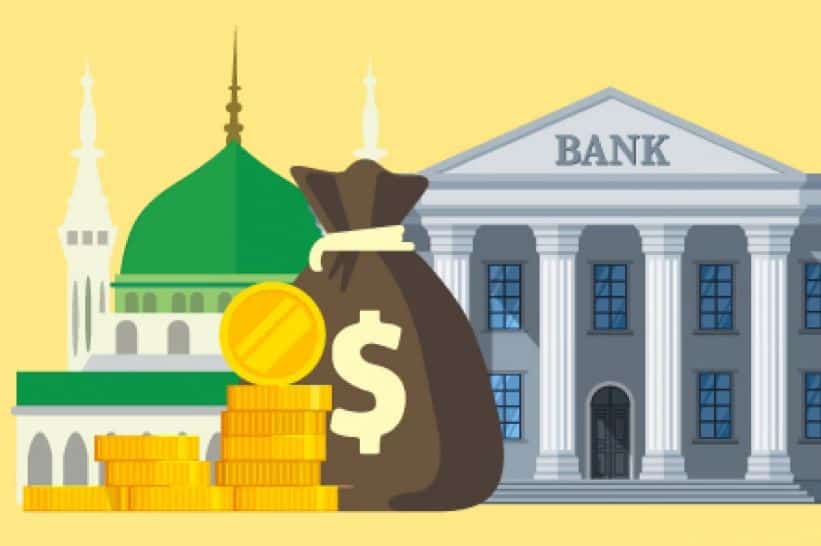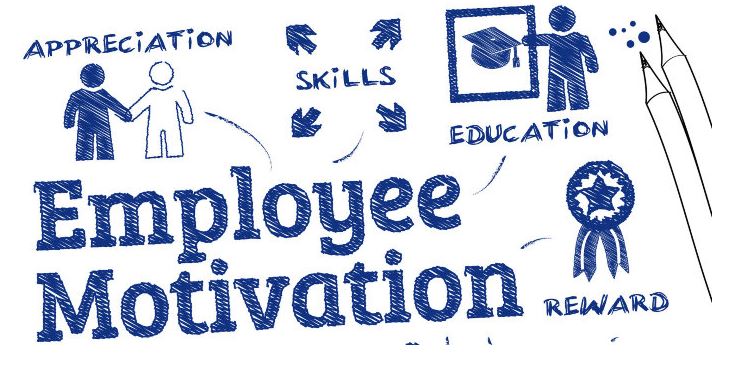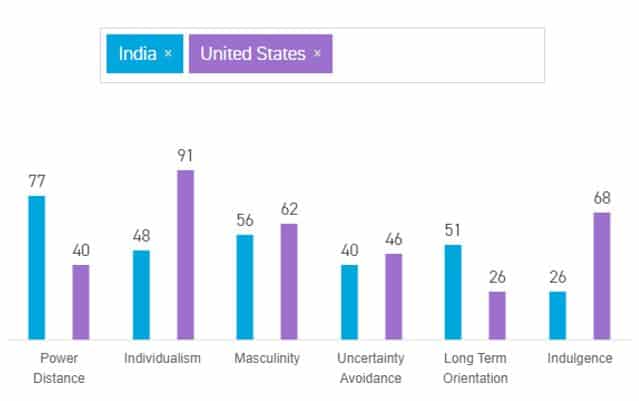Islamic Banking Versus Conventional Banking Assignment
More than ever before, we live in a global society where an economic disaster in one country can topple the financial security of every other nation. Currently, there are two primary banking systems competing for market share and each claiming that they know best. If we think of Islamic Banking versus Conventional Banking as a sport that results in only one winner, then we are overlooking the benefits that each can offer to global betterment. This paper explores the potential for establishing a global system that creates a stable economic environment using some of the best features of each system.
Over the past two decades, Islamic Banking has increased at a faster rate than Conventional Banking and social banking, its counterpart in Europe “increased 20% per cent per year and doubling their assets between 2007 and 2010”. Benedikter, R (2011). One of the advantages of Islamic banking that is attractive is that it focuses on doing business in a way that creates a method of social responsibility for the greater good by focusing on the individual.
Islamic Banks are not allowed to do business in a way that could put the customer in jeopardy of a harmful outcome. Dubai Islamic Bank, (n.d.) As a result, Conventional Banking systems are beginning to look at their business models in the light of corporate social responsibility while other financial systems are exploring methodologies of conscious capitalism. “… social banking and social finance have become important trends among bank customers in Europe” Benedikter, R (2011)
Yet, in spite increased desire by the public, the concepts of Islamic Banking are still finding it difficult to compete with conventional banking methods both in Islamic nations and in non-Islamic countries. Khan, M. F. and Porzio, M. (January 2010, p 82-83) suggest in their book, ‘Islamic Banking and Finance in the European Union: A Challenge’ that Islamic Banking should be thought of in terms of “ethical performance and substantial destination of the funds rather than as an application of Islamic Law.” This change in the philosophy of how Islamic Banking functions could open doors to the creation of new investments and investors allowing greater opportunity for national economies to compete in meeting the needs of their own societies.
Khan and Porzio are not alone in their assessment for a need to form a collaborative financial system that produces a better outcome for global financial security. Bennett, M.S. and Iqbal, Z. (2013) suggest the development of fixed income products that could attract both socially, responsible and Shariah investors.
Likewise, in Europe and the U.S., there is a demand for more accountability to society –at-large when it comes to decisions banks and financial institutions make. “The younger generation requires that their work and their businesses align with their values, and their values call for sustainable growth that considers people and planet.” Hanlon, P (September 23, 2012) This type of thinking indicates that the concepts of fairness, justice and responsibility are shared by many cultures, religions and philosophies which is a hopeful sign that the old, mainstream banking methods are going to be forced into change.
In Europe and the U.S., another alternative to social banking is constructing banks that are developed according to and adhere to conscious capitalism. According to John Mackey, the social banking lays moral convictions on top of its underlying premise while conscious capitalism places the ideals of a higher purpose and community needs over its profitability. Schwabel, D. (January 15, 2013) As Katie Kerr stated in an interview for Forbes magazine, “…if we can take the power of business to create more positive impact, we can create better communities, create better environments, and become a stronger positive force.” Hanlon, P (September 23, 2012)
One argument that is presented by Conventional Banking promoters is that Islamic Banking is unable to sustain its profits. Yet, there is empirical data showing that the differences between return on assets and return on equity are minimal when examining the two systems side-by-side over the same time frame. Islam, K.M.A. (2014).
Another reason why countries like France and the U.S. from embracing the potential benefits of Islamic Banking is the very words Islamic and Shariah. There exists a deep-rooted assumption that anything connected to either is going to destroy their nation and their belief systems. France came very close to passing an amendment to their tax codes in 2012 which would have allowed the formation of Islamic Banking systems. Then, at the last minute, someone noticed a phrase that pulled the plug “…to conform with the ethical principles of Muslim law or sharia.”Islamic Finance in France, (November 12, 2009)
On the Islamic banking side, problems of controlling the funds in keeping with Shariah law have resulted in the closure of Islamic Banking Windows as a means for Conventional Banks to fill the needs of their customers. The Economist, (February 6, 2012) This small step forward to bringing awareness of an alternative banking method to non-Muslims and of supporting the needs of the local Muslim community to be comfortable with their banking decisions was based on the idea that the banks are a means to purifying finances. While they may have a point for the Muslim world, the decision implies that only a certain group of overseers has the authority to determine what is either “pure” and by extension, demeans all other institutions as evil or bad.
The challenge for setting guidelines for Islamic banking arises when the place it wants to go is vastly different from where it is right now. The Basle Committee for Banking Supervision presented agreed upon guidelines but even if they are all implemented, the Islamic banking system may still not actually reflect the tenets of social justice, which is the primary objective described in every Islamic bank’s mission statement. Hassan, K. and Lewis, M., (2007, p 325-326)
While Islamic banks offer many positive solutions to global stability, both Hassan and Lewis’ assessment Hassan, K. and Lewis, M., (2007, p 325-326) and that of the ‘Concept and Ideology: Issues and problems of Islamic banking”, (n.d.), there is no example that Islamic banks have achieved the goal of 100% reserve funds. This puts into question the actual financial stability using this system.
Social banks have problems of their own when it comes to financial stability. Since each decision is made on a case-by-case basis which means that each bank must remain small and personal, the ability to garner market share sufficient to support a wider customer base is doubtful. Additionally, social banks are either over-specialized or niche organizations that are not powerful enough to make a dent in changing the way that economics are handled on a global scale. Benedikter, R (2011)
Cooperative Banking is an offshoot of social banking that has taken root in Great Britain since the economic crisis of 2008. Cooperative Banking, a popular innovation of shared ownership, has issues that are similar to Conventional Banks, Social Banks and Islamic Banks when it comes to balancing its decision making that holds to the banks mission statements and visions with the need to be profitable enough to support its social efforts.
Mainstream banks focus on maximizing profits. Social banking and Cooperative banking concentrate on the profit-people-planet premise. Benedikter, R (2011) Conscious Capitalism suggests restructuring financial institutions as well as all enterprise systems from the ground up using its own key four pillars to creating a new foundation. Schwabel, D. (January 15, 2013)
In order for both Islamic Banking and Conventional Banking to work hand-in-hand and stop trying to convince the public that they have the only way to a stable economic environment, we need to set aside our pre-existing prejudices, ideologies, assumptions and expectationswhich in itself may be the greatest challenge of all. Islamic banking would need to find more neutral terms that did not stir up the western prejudices against Islam as a whole while Conventional banking would need to redefine what the expectations of banking is.
There is evidence that the population of the world, especially in the U.S. and Europe, is ready to move away from the profiteering seen in traditional definitions of banking and that many people in Muslim countries are willing to consider banking as a contemporary financial system rather than a physical expression of Shariah law. What sounded like a possibility at the beginning of this paper now sounds like a fantasy that may never come to pass. Even with the social awareness of this generation, it would take many years to alter either world view that is firmly engrained in the soul of its followers. Still, I would like to hold out hope that we can take steps toward creating a global view of economics that would result in a more stable financial environment for the majority rather than the minority.
References
Hassan, Kabir and Lewis, Mervyn, (2007), Northampton, Ma, Handbook of Islamic Banking,
Edward Elgar Publishing, William Pratt House.
Khan, M. Fahim and Porzio, Mario (January 2010), Northampton, Ma, Islamic Banking and Finance in the European Union: A Challenge, Edward Elgar Publishing, William Pratt House.
Benedikter, R., (2011), ‘European Answers to the Financial Crisis: Social Banking and Social Financing’, Spice Digest, Europe Center, Stanford EDU.
Bennett, Michael S., Iqbal, Zamir (2013), ‘How Socially Responsible Investigating Can Help Bridge the Gap between Islamic and Conventional Financial Markets’, World Bank Treasury, Emerald Group Publishing.
Islam, K.M. Anwarul (2014), ‘Examination of Profitability between Islamic Banks and Conventional Banks in Bangladesh: A Comparative Study’. Research in Business and Management, Vol 1, No 1.
The Economist, (February 6, 2012), ‘Conventional Banks have closed their Islamic Windows’,
Hanlon, Patrick, (September 23, 2012), ‘Conscious Capitalism: Can Empathy Change the World?’, Forbes.
Islamic Finance in France, (November 12, 2009), ‘Sharia Calling – A Political Row About Muslim Law.
Schwabel, Dan, (January 15, 2013), ‘John Mackey: Why Companies Should Embrace Conscious Capitalism’, Forbes.
Thorpe, Devin, (May 18, 2013), ‘Why CSR? The Benefits of Corporate Social Responsibility Will Move You to Act’, Forbes.
Concept and Ideology: Issues and Problems of Islamic Banking, (n.d.), web archive article.
Dubai Islamic Bank, (n.d.), ‘What is Islamic Banking’.
Islamic Banking and Conventional Banking Relevant Posts
Corporate Finance and Governance
If you enjoyed reading this post on Islamic banking and conventional banking, I would be very grateful if you could help spread this knowledge by emailing this post to a friend, or sharing it on Twitter or Facebook. Thank you.





